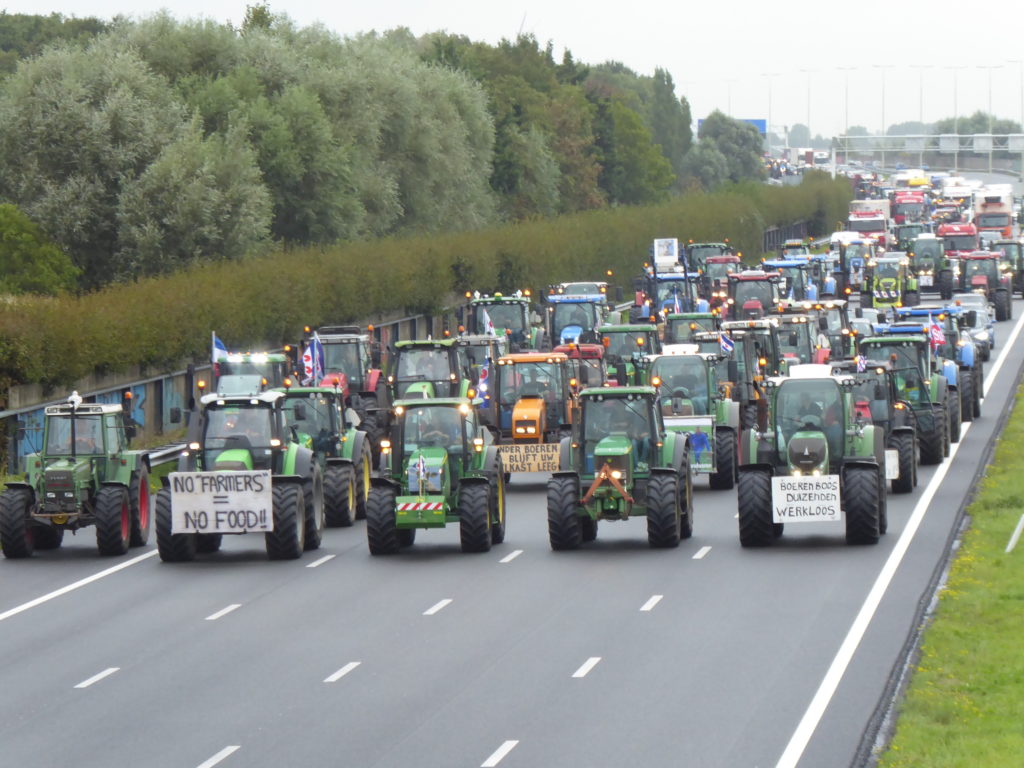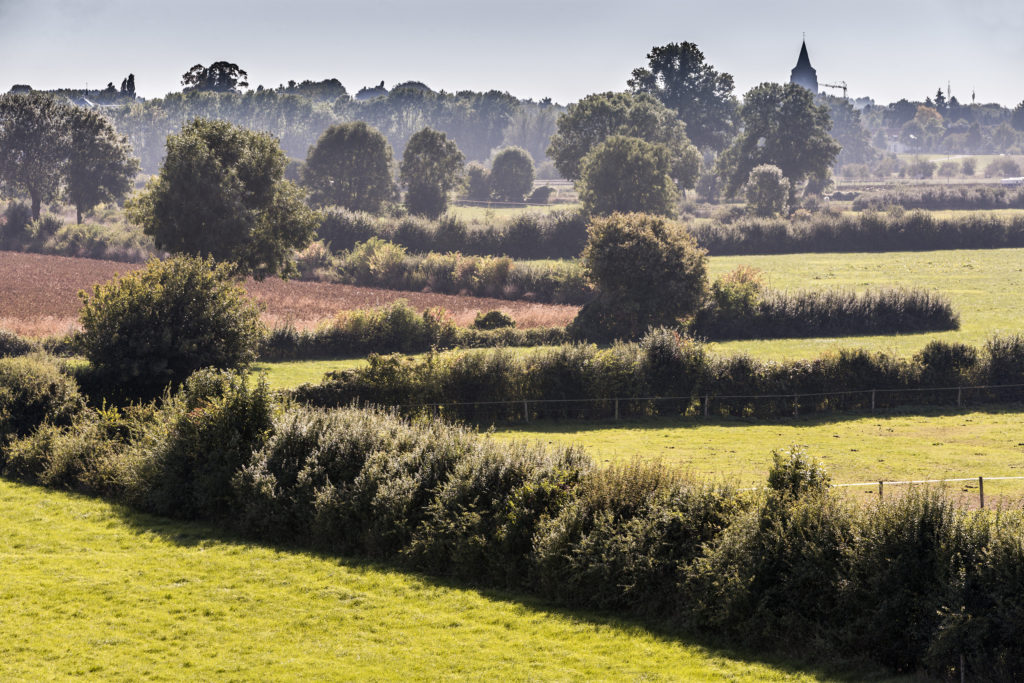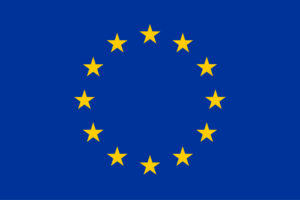By Kristian Mennen
Environment & History, essay no. 5
In the next post in our ‘Environment & History’ series, Dr Kristian Mennen takes us into the twentieth century to consider how the perception of an inherent conflict between agriculturalists and conservationists was formed and perpetuated to the present day. Reflecting on today’s ‘nitrogen crisis’, Mennen notes the legacy of Dutch policy-development and environmental activism in the 1950s and ‘60s. In doing so, his article draws attention to the importance of effective communication and (importantly) negotiation, which addresses the needs and concerns of those groups most affected by environmental policy and change.
The next essay in the ‘Environment & History’ series will be added on Wednesday 3 March 2021 with ‘Devoured Riches: Thinking Environmentally About Conflict Past and Future’.
The following blog post deals with the perception of a fundamental conflict between nature conservation and agricultural interests in the Netherlands. The militant rhetoric of Dutch farmers’ interest groups in the so-called ‘nitrogen crisis’ today strongly resembles the language and arguments used by agricultural organisations in the mid-twentieth century. This is not a coincidence: the continuity in discourse and rhetoric can be explained by the communication strategies of Dutch nature conservation organisations c. 1950, and their failure to resolve misunderstandings among the rural population.
The farmers are staging a large-scale protest. Hundreds of them gather in The Hague to submit a petition to the Dutch government, protesting against the excessive demands of nature conservation. Conservationist organisations and government agencies are spending a lot of money to extract good arable land from agricultural use, leave it to nature, or turn it into an “open-air museum”. Farmers are not even free to earn a proper living on their own land, if some rare plant or animal is discovered nearby. They point at their historical role as “stewards of the countryside”: the farmers created the Dutch cultural landscape, gave it form by draining the swamps and reclaiming wastelands. But instead of thanking them for that contribution and for their efforts to produce food for the cities, the urban elites scorn them for “spoiling” the countryside and “destroying nature”. The elite allegedly shows nothing but disdain for the economic interests of the rural population and the future of their sons and daughters.
Dutch readers may recognise the previous paragraph as a summary of the concerns and grievances of Dutch farmers today. Since a ruling of the highest court of appeal in May 2019, the so-called ‘nitrogen crisis’ triggered numerous farmers’ protests in the Netherlands. In a nutshell, the court dismissed the Dutch calculation method for nitrogen emission and deposition in natural areas. The Dutch government had been too generous in issuing building permits and failed to fulfil its international obligations according to the European Union’s Birds and Habitat Directives, to reduce nitrogen emissions and preserve designated nature protection areas. As a result of the court ruling, construction works across the Netherlands had to be halted immediately and could only be resumed after the government hastily introduced short-term mitigation measures such as speed limit reductions on Dutch motorways. For a long-term solution, however, some political parties suggested that livestock expansions in the agricultural sector should be restricted or reversed, and that a large percentage of Dutch farmers should close their businesses completely. The farmers themselves felt discriminated against in a crisis situation for which they should not be blamed directly. The newly founded groups Agractie and Farmers Defence Force organised a number of spectacular protest actions to express their grievances: for example, three mass tractor rides to national demonstrations in The Hague, disrupting motorway traffic across the Netherlands in the process, blockades of supermarkets’ distribution centres, but also a free breakfast to local residents in The Hague on behalf of the Dutch farmers.

Dutch farmers in one of the mass tractor rides to a demonstration in The Hague, October 2019. Photo by Agnes van Boheemen Vollebregt.
The above collection of grievances were, however, voiced by agricultural organisations in the Netherlands much earlier: from the 1930s through the 1950s. The language and argumentative patterns used in the first petition of agricultural organisations to the Dutch parliament in 1934, or expressed in many agriculturalist magazines and journals in the late 1940s, are remarkably similar to the militant rhetoric of the Farmers Defence Force today.
It will be argued that this is not a coincidence. The stereotypes and discursive patterns that identify a fundamental conflict between agricultural interests, on the one hand, and nature conservation and environmental protection, on the other, became entrenched in the collective memory in parts of the rural population of the Netherlands. The perception of such a fundamental conflict re-emerged with the ‘nitrogen crisis’ and persists in its present rhetoric. I will present one possible explanation for this continuity in discourse and rhetoric: the communicative strategies of Dutch nature conservation organisations around 1950. These organisations struggled to win the support of the rural population for their goals, and ultimately failed to do so in some regions. This is a story about a communication problem in relation to environmental education in the mid-twentieth century. I will suggest a number of possible lessons from the past for the current situation at the end of this blog post.
Agricultural developments in Western Europe in the mid-twentieth century set the stage for ongoing conflicts with nature conservation. After large-scale land reclamation projects in the 1930s, the processes of intensification, mechanisation, land consolidation, land drainage, and the use of artificial fertilisers and chemical pesticides after the Second World War, had detrimental effects on nature, biodiversity, and the environment in agricultural areas. But conflicts over the limited supply of land in the Netherlands were in themselves not remarkable. The nature conservation movement was regularly at odds with parts of the military, water management authorities, the interests of industry, traffic, and public housing. Over the years, these opponents found arrangements to get environmental groups involved in policy-making processes and mitigate future conflicts. But why, then, did the conflict with agricultural interests persist at a cultural and discursive level? Other interest groups do not usually revert to old stereotypes or conflicts of the past. Emotional reflexes and old misunderstandings about the goals and interests of nature conservation now only re-emerge in the appeals and the discourse used by the self-declared spokesmen and -women of the agricultural population and not in other sectors.

The so-called “Maasheggenlandschap” was among the small-scale cultural landscape types in the Netherlands that were endangered by agricultural expansion, land consolidation and mechanisation of the agricultural sector after 1945. Nederland, Boxmeer, de Maasheggen, photo by Marc Bolsius.
The leaders of the most important conservationist organisations around 1950, the association Natuurmonumenten (Society for the Preservation of Natural Monuments) and the umbrella organisation Contact-Commissie voor Natuur- en Landschapsbescherming (Contact Committee for the Protection of Nature and Landscape), were themselves members of the social establishment of their time. They entertained close links with the political elite and the top of the civil service, but much less so with the rural population of the Netherlands. Conservationist leaders were aware of the imminent tensions with the agricultural sector by the end of the 1940s, but also believed that these were not actually fundamental conflicts of interests. Disagreements were allegedly caused by “misunderstandings” or lack of knowledge about each other’s goals and purposes. In their efforts to improve such a common understanding between nature conservation and agriculture, the leading conservationists pursued two different strategies.
First, responding to complaints within the nature conservation movement about its communication deficits, the Contact-Commissie started to direct more attention to the dissemination of the “nature conservation idea” among the Dutch population. The Contact-Commissie founded a new committee and employed a “nature conservation propagandist” in 1945, to initiate and coordinate the environmental education work. From the archives, however, it appears the committee did not quite know where to start, especially in rural areas where sections of conservationist or naturalist organisations did not already exist. Their ideas to reach local farmers were not very imaginative: they suggested to organise lectures for local housewives’ organisations, at local agricultural schools or folk high schools. Representatives of the Contact-Commissie tried to push the point that ecologically sustainable agriculture was also in the best (economic) interest of the farmers, but the popular response to such presentations remained quite poor. Within a few years, local committees ceased to exist, and the conservationists effectively left the field of applied environmental education to the agricultural organisations.
The second strategy of the nature conservation movement was to seek a regular contact with the top of the agricultural sector. After the Contact-Commissie and the Stichting voor de Landbouw (Foundation for Agriculture) reached agreement upon a number of Principles about the relationship between agriculture and nature conservation, they constituted a new Commissie van Overleg Landbouw en Natuurbescherming (COLN, Consultation Committee Agriculture and Nature Conservation) in 1948. This Committee became a platform for discussion, in order to prevent open crises at an early stage before mutual accusations between farmers and conservationists found their way into the press. Representatives of the nature conservation movement and the agricultural lobby also met in various other consultative bodies and expert committees, to advise government agencies and ministry departments. This strategy, which took place at the top levels of the respective movements, was actually quite successful from a policy-making point of view.

A collection of selected Dutch newspaper headlines and articles from the period 1934-1960. Image by Kristian Mennen.
It turned out, however, that it had two significant disadvantages in the long term. First, it encouraged the tendency to talk about, rather than with farmers and the rural population. When land consolidation measures in a certain region were at stake, civil servants, politicians, and representatives of the relevant civil society organisations discussed the alternatives in a COLN meeting – but the farmers affected were rarely invited to the table, or informed how and why a certain compromise was reached. Secondly, a discrepancy could occur between the communication at the top level, on the one hand, and within the agricultural organisations, on the other. The leaders of the conservationist movement expected that an enhanced understanding with the leaders of the agricultural lobby would ultimately ‘trickle down’ to the farmers. But agricultural representatives usually had no interest in conveying a conservationist or environmentalist message to their constituents, or in introducing such subjects to agricultural education. In some conflicts, they even continued to communicate divisive, exaggerated claims about the goals of nature conservation within their own organisations, despite ongoing negotiations with the Contact-Commissie at the top level.
While farmers had every reason to expect conflicts with nature conservation over modern agricultural methods, the nature conservation movement in the Netherlands failed to establish a direct communication channel with the rural population in these decades. Its negotiation strategy with the Stichting voor de Landbouw was in itself successful, but it did not help to prevent misunderstandings in the long term. To the contrary: existing stereotypes and discursive patterns, presenting nature conservation as agriculture’s natural opponent, became entrenched and cemented in the 1950s. Further research is required on the development of this discourse since then, which may well reveal profound differences between regions. In particular the local activities of the association Instituut voor Natuurbeschermingseducatie (IVN, Institute for Nature conservation education), founded in 1960, deserve more attention in this context. It should be stressed that many local farmers in the Netherlands have since found a good working relationship with nature conservation and environmentalism. The discourse of a fundamental conflict between nature conservation and agriculture does persist in the Netherlands and is even dominant in the media coverage of the ‘nitrogen crisis’ today, but that does not preclude excellent examples of local reconciliation and mutual understanding.
The last section of this blog contains a number of recommendations. It is essential to understand the historical backgrounds of the sometimes emotional, conflictive rhetoric, and the actions of Dutch farmers in the current ‘nitrogen crisis’, in order to avoid making the same mistakes on a communication level as the 1950s. This story focussed on the present debate in the Netherlands, but it may prove instructive to understand discursive patterns and communication problems between agriculture and environmentalism elsewhere.
The first recommendation is to always speak with those affected, not about them. Even when it is objectively inevitable to close a large percentage of Dutch agricultural businesses, no farmer can be pleased to learn this through the media. It is possible to convince local farmers that ‘nature conservation’ or ‘the environment’ relates directly to them and that it is in their own best interest, but this will not work if the idea is imposed upon them top-down, from outside, or in a patronising way.
Secondly, and following from the latter point, it is only possible to “win the hearts and minds of the population” when you interact with the population directly. It is essential to go to the rural countryside and disseminate nature conservation ideas at a local level. Agricultural interest groups at the national level can play a role in this process, but the dissemination of ‘green’, sustainable ideas is not in their own core interest. To mention a recent negative example, the Dutch national umbrella organisation for the agricultural sector LTO Nederland lost the support of parts of its constituents during the ‘nitrogen crisis’, when it became too much associated with negotiations and compromises with the Dutch government. Many farmers criticised LTO Nederland’s ‘soft’ strategy, split off from the organisation, and founded the Farmers Defence Force to coordinate their protests.
Third, but not least, the cultural and discursive level of such conflicts matters. The idea of a fundamental conflict between agriculture and nature conservation was impressed upon the collective memory of parts of the Dutch rural population decades ago and persists today. It is not a very rational understanding of the relationship between nature conservation and agriculture: it was already dismissed as a “misunderstanding” in the late 1940s, and most Dutch farmers have since found a fine working balance with the interests of nature and the environment. But the discourse of a fundamental conflict lingered on in the collective memory of many farmers’ families, until it was evoked by the debates of 2019. The traditional distrust among the Dutch rural population towards the goals of nature conservation or environmentalism is very real, and provides a more plausible explanation for the strong emotional rhetoric and use of old stereotypes than the actual merits of the ‘nitrogen crisis’.
***
Dr Kristian Mennen is a postdoctoral researcher at Radboud University in Nijmegen, the Netherlands. His current project deals with the political aspects of nature conservation in the United Kingdom and the Netherlands in the time period 1930-1960. This post is based on parts of his ongoing research: the historical roots of the tensions between nature conservation and agriculture in the Dutch case.
 This project has received funding from the European Union’s Horizon 2020 research and innovation programme under the Marie Skłodowska-Curie grant agreement No 832350.
This project has received funding from the European Union’s Horizon 2020 research and innovation programme under the Marie Skłodowska-Curie grant agreement No 832350.

